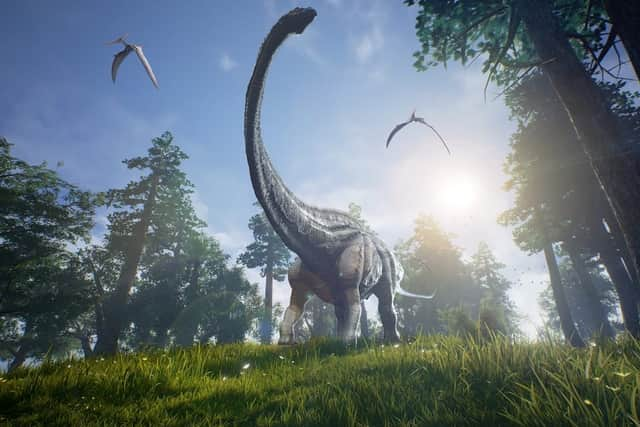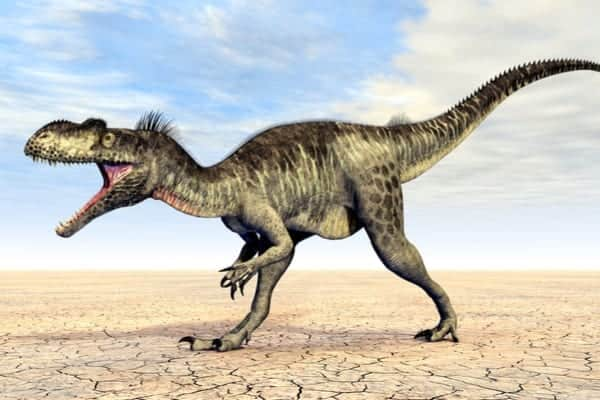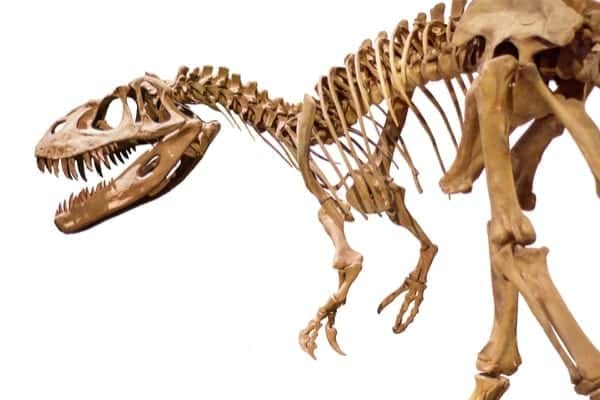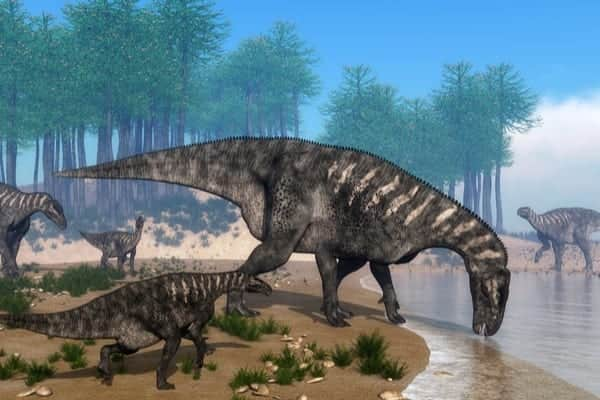These are the dinosaurs that might have roamed around Portsmouth
and live on Freeview channel 276
For many of us, the mention of dinosaurs might conjure up images of scorching hot desert-like prehistoric landscapes that feel worlds away from home. However, a considerable number of the animals actually lived in the UK millions of years ago.
While no fossils have been discovered in Portsmouth itself as yet, it is still possible that the city was once home to several different kinds of dinosaur. The nearby Isle of Wight appears to have been a hotspot for the creatures, and the remains of many different varieties have been found there.
Portsmouth’s possible dinosaur population


Advertisement
Hide AdAdvertisement
Hide AdThe dinosaurs found fewer than 20 miles from the city on the Isle of Wight could feasibly have inhabited Portsmouth at one time. Equally, the presence of dinosaur remains just 16 miles east in West Sussex suggests that the animals may have migrated during their lifespans.
The Megalosaurus was the first dinosaur to be officially named, following its discovery in Oxfordshire in 1824 (Image: Shutterstock)
One of the Isle of Wight's prehistoric inhabitants, the Hylaeosaurus, was a herbivorous ankylosaurian dinosaur, and its name translates from Ancient Greek as 'lizard belonging to the forest'. This was one of the first dinosaurs to be discovered, in 1832, and measured in at around five metres long, with three long spines on its shoulder and shorter spines at the side of its neck.
Perhaps one of the most famous types of dinosaur, Stegosauria also wandered the Isle of Wight. These herbivorous, armoured animals eventually developed tail spikes as defensive weapons. Over time, their necks became longer and their small heads became narrow in order to make feeding easier.


Advertisement
Hide AdAdvertisement
Hide AdAlso found in the area, Brachiosauridae or 'arm lizards' were herbivorous dinosaurs that stood on four legs and used their long necks to eat the leaves of tall trees. They also had thick, spoon-shaped teeth which helped them to chew through tough plants.
The UK’s most common dinosaurs
As well as the Isle of Wight, the significant number of fossils discovered in Sussex and around the Yorkshire coast suggests that these areas were also once home to many kinds of dinosaur. While it seems the Scottish Highlands and the Isle of Skye once had resident dinosaurs, no remains have been found on the east coast of Scotland, or in the country’s Central Belt as yet.
Bulky herbivores, Iguanodon, and duck-billed Ornithopods would have been common sights across the UK at one time. Signs of the enormous Sauropod (the group which includes the largest animals to have ever lived on land) have also been found in several locations.


The first dinosaur
The Megalosaurus (meaning ‘great lizard’ in Ancient Greek) was the first dinosaur to be officially named, following its discovery in Oxfordshire in 1824. This is the most commonly found type of dinosaur in the UK.
Advertisement
Hide AdAdvertisement
Hide AdA Tyrannosaurus is an example of a Theropod, although the Tyrannosaurus Rex was not native to the UK (Image: Shutterstock)
Originally thought to be a giant lizard measuring 20 metres in length, modern research has found that the Megalosaurus was around seven metres long and weighed more than one tonne. This dinosaur had a large head and short forelimbs, walked on two legs and used its horizontal tail for balance.


Modern discoveries
You may be surprised by the variety of fossils that have been unearthed in the UK over the years, but discoveries are still being made today.
In early April 2018, enormous 170 million year old prehistoric footprints were found on the Isle of Skye in Scotland, and determined to have belonged to Sauropods. Brachiosaurus and Diplodocus are well-known types of Sauropod.
‘Inventors’ of the dinosaur
Advertisement
Hide AdAdvertisement
Hide AdWhile the majority of the world’s dinosaur fossils have been discovered in the United States, more than 500 were found in the UK. In fact, a higher number of the relics have been uncovered in the UK than in over 190 other countries.
Iguanodons were bulky herbivores and would have been a common sight across the entire UK millions of years ago (Image: Shutterstock)


In fact, the term ‘Dinosauria’ was first coined by English paleontologist, Sir Richard Owen, to describe the three dinosaurs known about at the time - Megalosaurus, Iguanodon, and Hylaeosaurus. Translated from Ancient Greek, ‘Dinosauria’ means ‘fearfully great reptiles’.
Most UK dinosaur remains have been recovered from rocks dating back to the Middle Jurassic and Cretaceous periods. This means that these animals were roaming the country up to 174 million years ago.
Dinosaurs around the globe
Advertisement
Hide AdAdvertisement
Hide AdAround the rest of the world, the US have recorded more than five thousand dinosaur fossil finds, and Canada lay claim to over 1,400 discoveries. In North America, many fossils have been found clustered along the spine of the Rocky Mountains.
Main image: Shutterstock